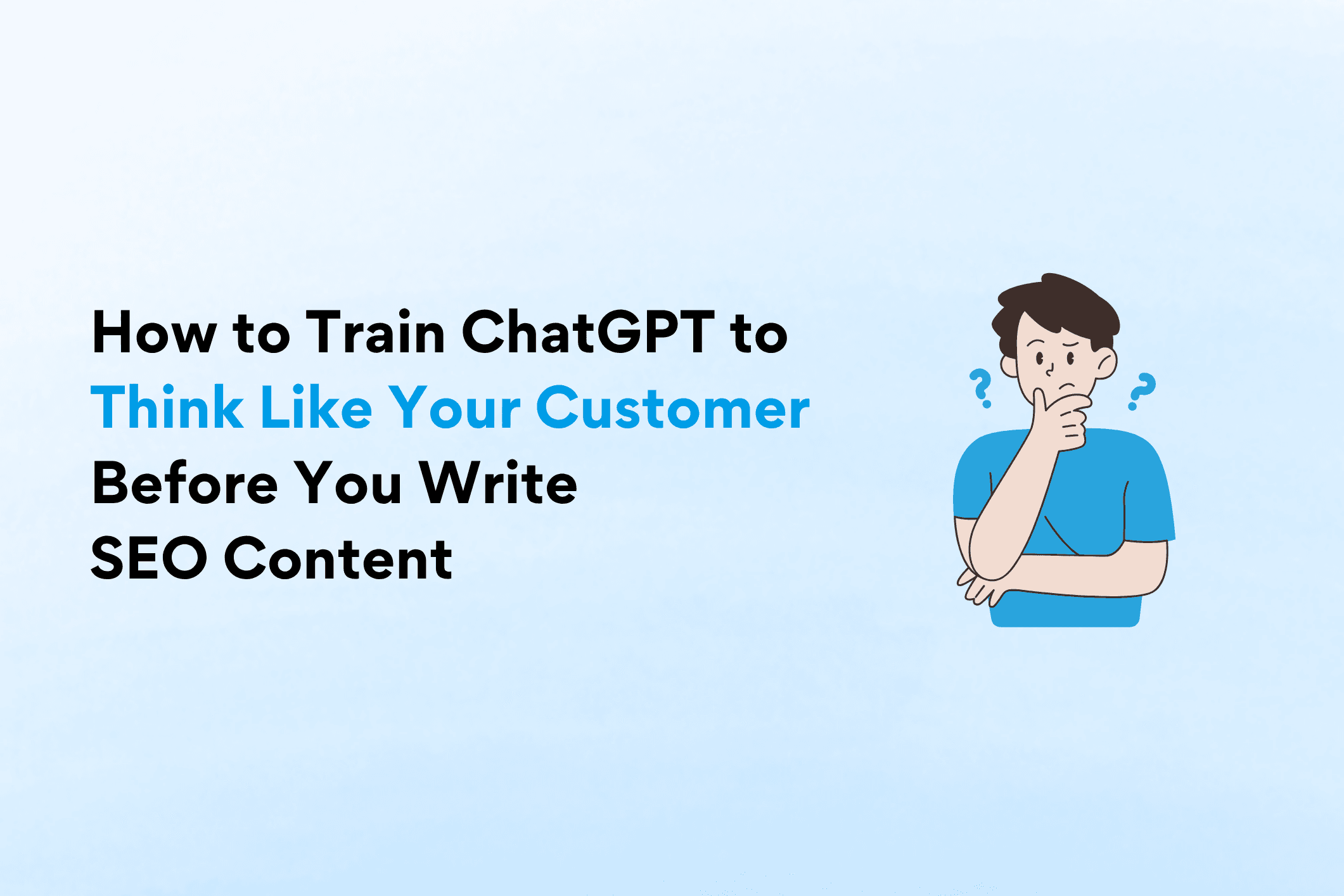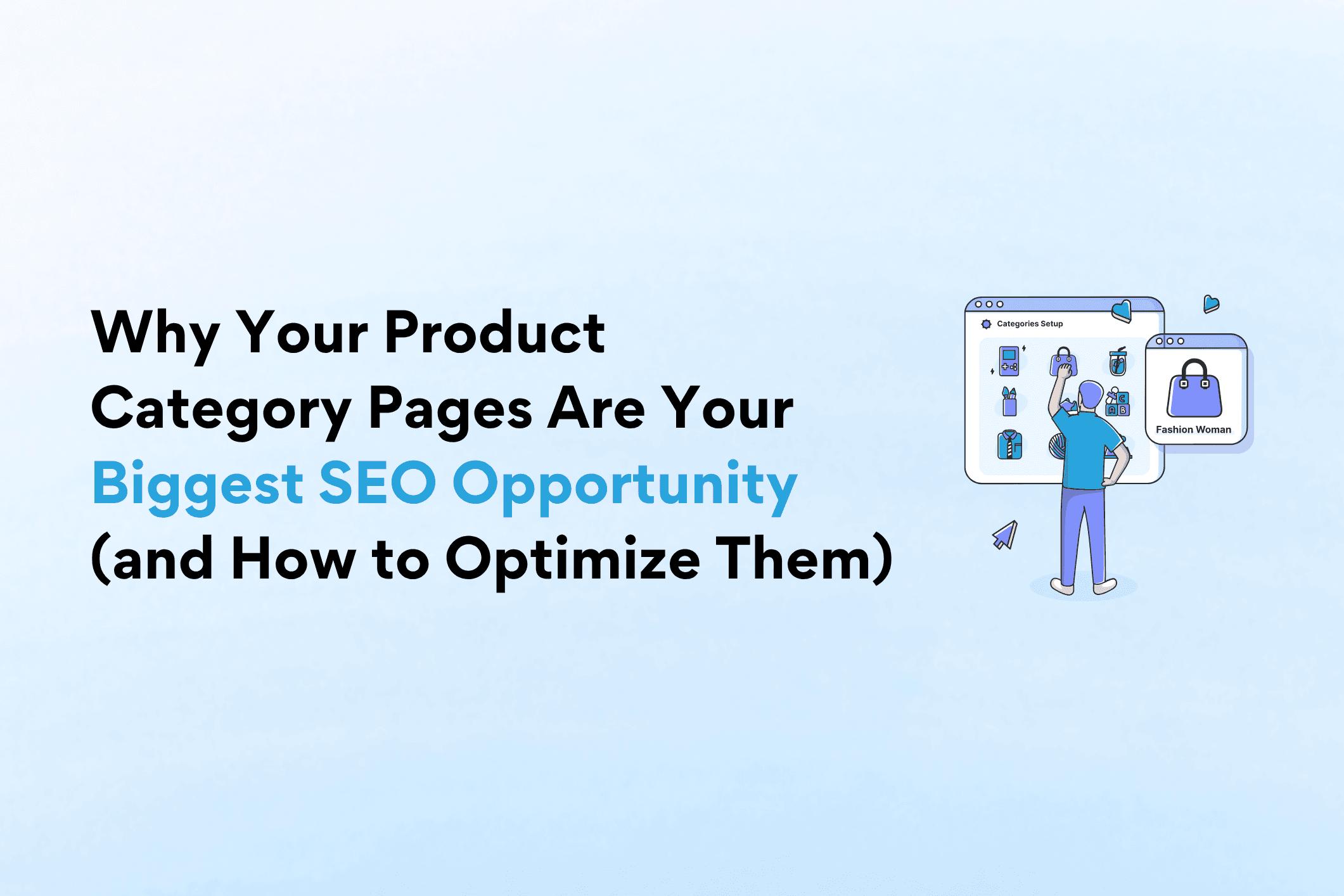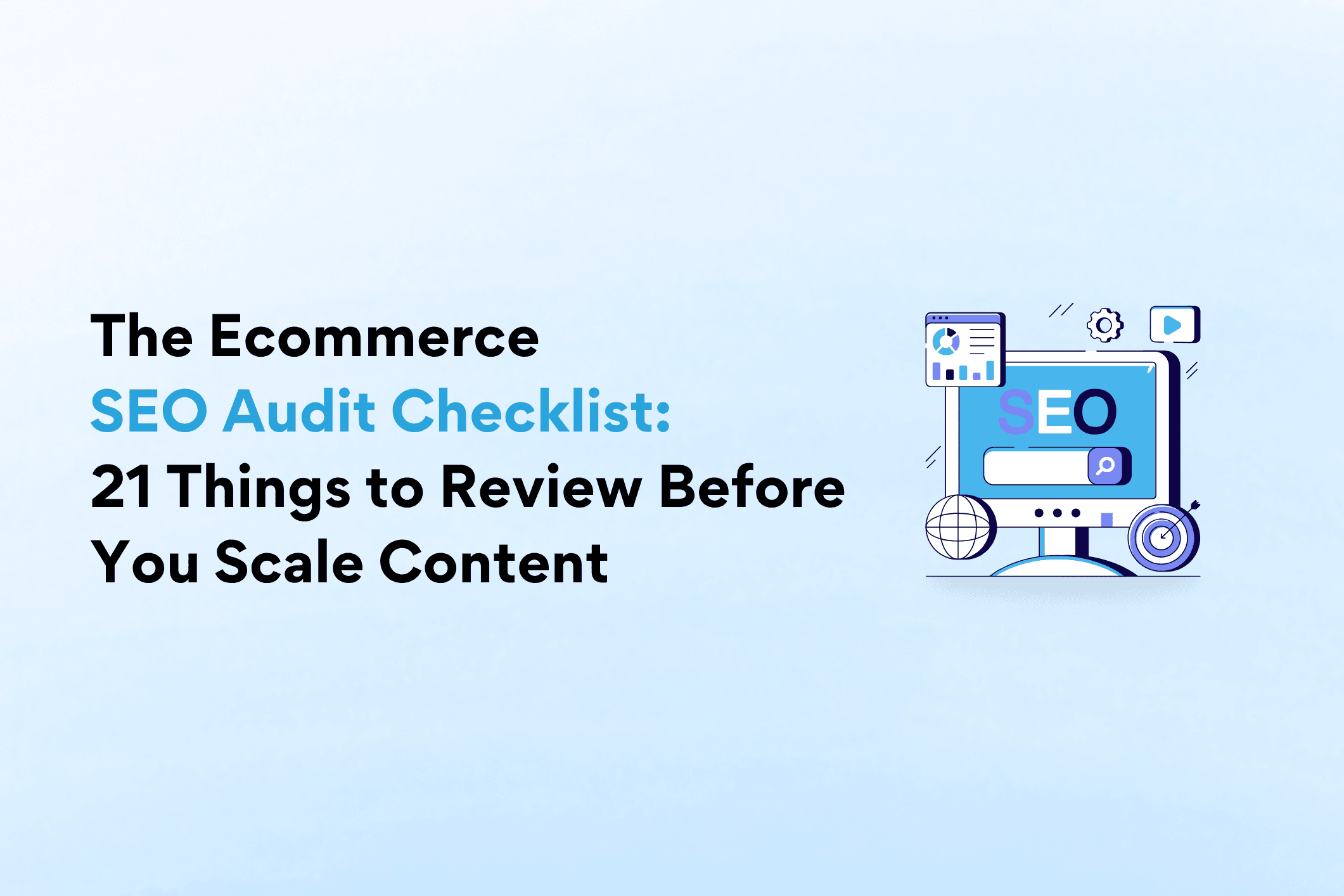I’m an SEO guy through and through. Even so, I know that there’s a lot to be learned from performance marketers and results from Meta and Google ads.
Ecommerce marketers spend tens (sometimes hundreds) of thousands of dollars testing creative in paid media. Ad copy, headlines, hooks, objections, video types, influencer styles all measured and optimized for performance. But once the campaign ends, too many of those insights disappear into a spreadsheet or dashboard. Meanwhile, the content team tasked with driving long-term growth through SEO is left guessing what messages will work. This disconnect between paid acquisition and organic content creation is a missed opportunity.
The most successful brands today aren’t treating SEO and paid social like two separate silos. Instead, they’re building bridges by using their best-performing paid creative as the foundation for blog content, landing pages, and on-site SEO experiences that attract, engage, and convert. Repurposing paid insights into SEO content isn’t recycling, it’s compounding. You’re taking validated creative and using it to scale your brand visibility, reduce acquisition costs, and future-proof your marketing against rising ad prices.
Why Paid Insights Are a Goldmine for SEO
Think of paid creative testing as a fast-track market research engine. Every A/B test you run on Meta, every video you push on TikTok, every search ad variation on Google all of it reveals what your audience responds to. You’re learning which messages spark attention, what pain points drive clicks, and which objections you need to overcome to get the sale. SEO content, when built well, has the power to do the same, but without the media budget. That’s why the synergy between paid and organic is so powerful.
Instead of starting from scratch or chasing high-volume keywords with generic content, your SEO team can start with battle-tested ad insights. Take your top-performing hooks and turn them into blog titles. Identify the objections your ads overcome and turn them into FAQ-rich landing pages. Find the emotional angles that drive clicks and build brand storytelling pages around them. This approach not only speeds up your content ideation process but ensures tighter alignment between your SEO and acquisition teams, leading to better user experiences and stronger business outcomes.
- High-converting angles = high-engagement content. If an angle drives clicks and purchases in ads, it’s likely to engage in organic as well.
- Proven creative reduces content guesswork. Let your ad data tell you what blog titles, headers, and value props to use.
- Improved alignment between SEO and paid teams. Shared insights fuel more consistent messaging and better ROI across channels.
- Ad-inspired content improves conversion, not just traffic. Paid-first content is often more persuasive because it solves real objections.
According to Nielsen’s “Trust in Advertising” report, 92% of consumers trust earned media, like customer reviews and testimonials, more than any other form of advertising, highlighting the power of social proof in both paid and organic content strategies. These aren’t just good ads, they’re the blueprint for high-performance SEO pages.
Identify Your Top-Performing Paid Creatives
Before you can start translating paid insights into organic content, you need to know which creatives are truly driving performance. Go beyond just looking at ROAS or CPA and dig into the specific ad elements that are delivering results. Open your Meta Ads Manager, TikTok Ads dashboard, and Google Ads platform, and analyze which campaigns and creative variations generated the best return, not just on the front end, but across the full funnel.
Pay close attention to the copy, visuals, and structure of your top-performing ads. What headline formula was used? Was it curiosity-driven, transformation-focused, or comparison-based? What objections did the copy address? Were there recurring pain points solved? You can also dig into the comments section for qualitative insights, sometimes customers will literally tell you what convinced them to click or buy.
Lastly, don’t forget to study the landing pages that supported those ads. What structure, offer, and content blocks contributed to high conversion rates?
- Top 10% of ad creatives by ROAS or CVR
- Headline formulas that consistently outperform
- Hooks that stop the scroll (especially emotional or transformational)
- Objections handled in copy (“You’re worried it won’t fit? Here’s proof it does.”)
- Winning ad visuals or UGC themes
- User comments and reactions to find repeat questions or concerns
- Landing pages tied to high-performing ads
The goal is to extract not just what worked, but why it worked, so you can replicate those ingredients in your SEO strategy.
Turn Ad Hooks into SEO-Focused Content
Your best-performing ad hooks are a goldmine for content creation. Instead of brainstorming blog post ideas in a vacuum or relying solely on keyword tools, let your paid ads do the heavy lifting. If a hook stopped the scroll and generated conversions, chances are it will perform just as well, if not better, when expanded into a piece of long-form, value-packed content. And since you already know the angle resonates, you’re starting with a competitive advantage.
One of the simplest ways to repurpose ad hooks is to transform them into SEO-friendly blog titles or content modules. A “Why I Switched from X to Y” ad becomes a “Brand A vs Brand B” comparison post. A video that begins with “I didn’t think it would work, until it did” turns into a detailed case study or problem-solution blog. You can also pull testimonial language and FAQs directly from ad comments and live chat logs. These insights help shape content that sounds natural, answers real questions, and increases your chance of earning spots in AI Overviews or People Also Ask.
- Ad hook: “Why X is better than Y” → SEO content: “X vs Y: Which Is Right for You?”
- Ad hook: “This changed how I sleep forever” → SEO content: “How [Product] Helps You Sleep Better”
- Ad hook: “Finally, a fix for…” → SEO content: “The Best Solutions for [Pain Point]”
- Use Problem–Agitate–Solve frameworks in H2s and body content
- Build “Best of” lists, “How to Choose” guides, and comparison posts using ad themes
- Turn FAQ-style objections from ads into structured content with schema for rich results
Bonus: Use free tools like AlsoAsked or Answer the Public to validate search interest and ensure your ad-inspired content also matches real keyword queries.
Build CRO-Optimized SEO Landing Pages
Many ecommerce brands make the mistake of building SEO landing pages purely for search engines, optimizing for keywords but neglecting user experience and conversion strategy. The result? Pages that rank but don’t convert. To drive growth, you need content that does both. That means combining the structure and UX of a high-performing paid landing page with the on-page SEO elements Google looks for.
Start by designing your SEO landing pages with user intent in mind. Use keyword research to guide your page structure, but bring in the same elements that made your ads work: clear value propositions, strong visuals, social proof, objection handling, and a compelling CTA. If your best ad featured a UGC testimonial or before/after demo, embed that same asset in your landing page. Match ad-level storytelling with SEO relevance by using subheadings, internal links, and schema markup that speak both to the user and to the algorithm.
- Use keyword-rich H1s and subheadings based on organic search demand
- Incorporate proven ad copy elements: trust badges, benefit bullets, customer reviews
- Embed short-form video or UGC from your best ads
- Place CTAs above and below the fold — don’t bury the action
- Link internally to relevant products, guides, and comparison pages
- Use tools like Hotjar or Microsoft Clarity to test heatmaps and user flow
- Pull copy from high-converting paid pages and adapt for SEO
Remember, the goal of your SEO landing page isn’t just to get found, it’s to convert the visitor. The best-performing content does both.
Track Performance and Improve Over Time
Building a page is only the beginning. To make the most of your paid-to-organic strategy, you need to measure performance with the same rigor you apply to your paid campaigns. That means not just looking at traffic, but tracking user behavior, conversion paths, scroll depth, and more. The more granular your insights, the faster you can iterate and improve.
Start by setting up detailed page-level tracking. Use Google Search Console to monitor impressions, CTR, and ranking positions. Layer in GA4 or another analytics tool to track conversion rate by source, segment, and page. Use Hotjar or session replay tools to watch how users actually interact with your content. Are they engaging with the video? Skipping the CTA? Dropping off halfway down the page? These behaviors tell you exactly where to optimize. Then, every 90 days, review performance and bring in fresh creative insights from your latest paid tests to fuel your next round of updates.
- Organic traffic from Google Search Console
- Conversion rate (CVR) by landing page
- Scroll depth and click-through behavior from heatmaps
- Engagement metrics: bounce rate, time on page
- Use session replays to spot where people stall or exit
- Run quarterly updates to improve relevance, UX, and keyword targeting
Treat your SEO content like a living asset, one that evolves with customer behavior and continually gets smarter thanks to insights from your paid engine.
Your paid creative already does the heavy lifting of identifying what resonates. Why leave that gold buried in your ad account? Ecommerce brands that connect the dots between high-performing paid ads and high-traffic SEO content win on both fronts. They reduce creative waste, improve ROI across channels, and build content that’s not just findable, but compelling.
In a landscape where organic reach is harder to win and paid costs continue to climb, using your top ad insights to guide SEO strategy is one of the smartest plays you can make. This isn’t about squeezing extra life out of an old ad. It’s about building a sustainable growth loop where paid fuels organic, organic feeds retargeting, and your whole funnel gets stronger over time.
Your team has already figured out what works. Now it’s time to make it work harder, for the long game.
Greg is a digital marketing strategist, ecommerce owner, e-commerce marketing agency owner, and recognized leader in the D2C industry.
With 18 years of experience working with small, medium, and large organizations, Greg knows how to build and execute marketing strategies that drive growth.



